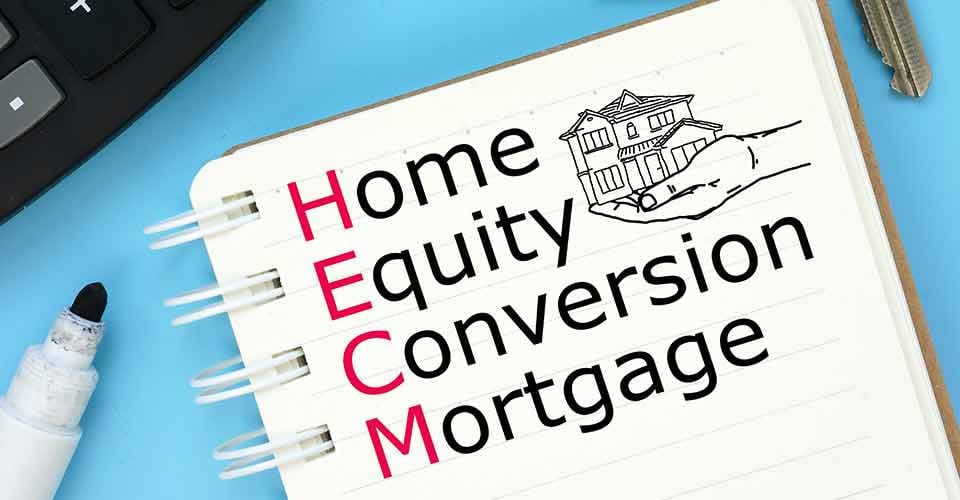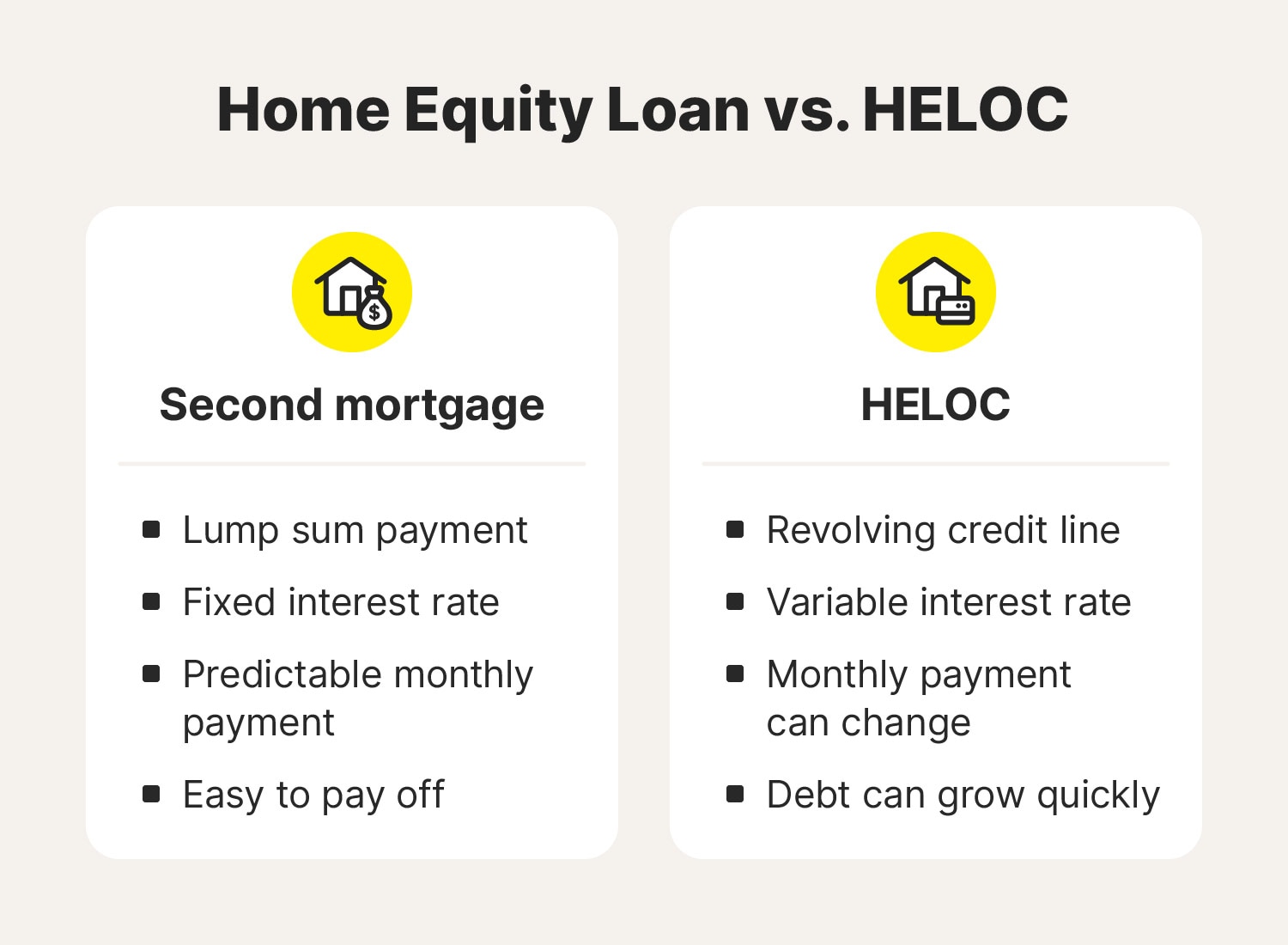Benefits and Drawbacks of Using Equity Release Mortgages in Retirement
Benefits and Drawbacks of Using Equity Release Mortgages in Retirement
Blog Article
Checking Out the Different Kinds of Equity Release Mortgages Available Today
Equity Release home loans existing various alternatives for home owners aged 55 and over. equity release mortgages. These economic products cater to different needs and choices, enabling individuals to accessibility funds from their home. From lifetime mortgages to shared recognition home mortgages, each type supplies unique benefits. Comprehending these choices is essential for making informed choices. What factors should one consider when picking the most suitable equity Release plan? The details that follow may shed light on this crucial subject
Comprehending Equity Release Mortgages
Equity Release home loans give home owners, typically those aged 55 and over, with a means to access the worth tied up in their residential or commercial property without needing to offer it. This monetary choice permits individuals to convert a section of their home equity right into money, which can be used for different purposes, such as home improvements, repaying debts, or financing retirement.Equity Release can take various types, but it basically involves loaning against the value of the home while keeping possession. Homeowners can select to obtain a round figure or a collection of smaller settlements, depending upon their financial demands and preferences.Additionally, the quantity available for Release is influenced by the residential property's worth, the home owner's age, and certain loan provider requirements. Overall, understanding equity Release mortgages is vital for property owners to make educated decisions regarding taking advantage of their home's equity while considering the long-lasting implications.
Lifetime Mortgages
Life time home loans stand for among one of the most prominent types of equity Release. This economic product allows property owners, typically aged 55 or older, to obtain against the worth of their property while preserving possession. The lending, which is protected against the home, accumulates interest in time yet does not require month-to-month settlements. Rather, the financing and accrued interest are repaid when the home owner passes away or relocates right into long-term care.Lifetime home loans use versatility, as customers can select to receive a round figure or choose for a drawdown center, accessing funds as needed. Significantly, numerous plans come with a no-negative-equity assurance, ensuring that debtors will never ever owe even more than the value of their home. This function supplies comfort, enabling people to appreciate their retired life without the anxiety of diminishing their estate. In general, life time home mortgages serve as a feasible choice for those seeking economic assistance in later life.
Home Reversion Plans

Drawdown Life Time Mortgages
While numerous house owners look for methods to access their wide range, drawdown life time home mortgages provide an adaptable alternative that allows individuals to Release funds progressively. This kind of equity Release mortgage allows home owners to borrow versus the value of their residential property while maintaining ownership. Unlike conventional lifetime mortgages, drawdown strategies enable consumers to access a section of their equity upfront and take out added funds as needed, as much as a predetermined limit.This feature can be particularly helpful for those that desire to handle their finances thoroughly, as it decreases rate of interest buildup by just charging passion on the amounts attracted. Furthermore, drawdown life time home mortgages often feature a "no unfavorable equity assurance," ensuring that consumers will never owe greater than their home's worth. This choice fits retirees that want financial protection and versatility, permitting them to satisfy unforeseen costs or maintain their lifestyle without having to sell their residential or commercial property.
Boosted Lifetime Mortgages
Improved Lifetime Home loans supply distinct benefits for qualified property owners looking for to Release equity from their residential properties. Understanding the eligibility standards is vital, as it establishes who can gain from these specialized fundings. It is likewise important to review the potential downsides associated with improved choices, ensuring an all-round perspective on their use.
Eligibility Criteria Explained
Comprehending the qualification requirements for Improved Lifetime Mortgages is crucial for potential applicants looking for to access the equity in their homes. Commonly, candidates should be aged 55 or older, as this age demand is conventional in the equity Release market. Home owners must have a home valued at a minimum limit, which can differ by lending institution. Notably, the property should be their key residence and in great problem. Lenders usually examine the homeowner's health and wellness condition, as specific health conditions may improve eligibility and benefits. Furthermore, applicants should not have existing significant financial debts protected versus the building. Meeting these criteria allows individuals to discover Boosted Lifetime Home mortgages as a viable option for accessing funds bound in their homes.
Benefits of Boosted Mortgages
After clarifying the eligibility requirements, it comes to be noticeable that Boosted Lifetime Mortgages provide a number of substantial benefits for homeowners looking to utilize their home equity. Mainly, they give accessibility to a larger car loan amount contrasted to typical lifetime home loans, profiting those with health conditions or age-related factors that enhance their life span threat. This enhanced loaning capacity enables home owners to fulfill different financial needs, such as home improvements or retired life costs. Additionally, these home mortgages normally feature flexible settlement alternatives, allowing consumers to manage their finances much more successfully. The no-negative-equity warranty further assures that property owners will certainly never ever owe greater than their residential or commercial property's worth, offering comfort. On The Whole, Improved Lifetime Home loans offer a compelling choice for qualified home owners seeking economic options.
Prospective Disadvantages Considered
While Boosted Lifetime Home loans provide numerous advantages, possible disadvantages require mindful factor to consider. One substantial problem is the influence on inheritance; the equity launched reduces the value of the estate entrusted to recipients. Furthermore, these home loans can build up substantial interest over time, causing a substantial debt that may surpass the original finance quantity. There may also be limitations on building modifications or rental, restricting home owners' flexibility. Furthermore, improved products frequently need particular health and wellness problems, indicating not all house owners will qualify. Lastly, handling the costs and costs connected with these home loans can be complicated, potentially causing unforeseen costs. As a result, individuals need to extensively analyze their situation and consult economic consultants prior to proceeding.
Shared Recognition Mortgages
Shared Admiration Home loans stand for a special economic setup that permits house owners to gain access to equity while sharing future property value enhances with the lending institution. This technique offers possible benefits such as reduced month-to-month repayments, but it likewise comes with downsides that need to be very carefully considered. Recognizing the eligibility needs is vital for those interested in this choice.
Concept Summary
Equity Release mortgages, particularly in the type of shared recognition home mortgages, provide house owners an unique financial remedy that allows them to gain access to funds by leveraging the worth of their property. In this plan, a loan provider look these up provides a finance to the homeowner, which is usually paid off via a share of the residential or commercial property's future admiration in worth. This indicates that when the homeowner offers the residential or commercial property or passes away, the lender receives a portion of the raised value, instead of just the preliminary funding quantity. Shared appreciation home mortgages can be appealing for those wanting to supplement their revenue or financing significant costs while preserving possession of their home. Nonetheless, the economic effects of common recognition need to be meticulously taken into consideration by possible consumers.
Benefits and Drawbacks
Common appreciation mortgages can provide considerable economic benefits, they also come with remarkable disadvantages that possible borrowers must think about. These home mortgages permit property owners to access equity in their properties while sharing a section of any future admiration with the lender. This setup can be beneficial during times of climbing home worths, providing considerable funds without regular monthly settlements. The major disadvantage is the prospective loss of equity; house owners might finish up with appreciably lowered inheritance for beneficiaries. Additionally, the complexity of the terms can result in misconceptions concerning settlement commitments and the portion of gratitude owed. It is crucial for consumers to weigh these elements very carefully before committing to a shared appreciation home loan.

Eligibility Demands
What standards must property owners satisfy to qualify for a shared appreciation mortgage? Mostly, prospects must be at the very least 55 years of ages, guaranteeing they are within the target group for equity Release products. Additionally, the residential or commercial property should be their key house and commonly valued above a specified minimum limit, usually around ? 100,000. Lenders likewise assess the house owner's financial situations, consisting of revenue and outstanding debts, to ascertain they can manage the home mortgage properly. Notably, the building needs to be in good condition and totally free from considerable lawful encumbrances. Homeowners ought to also have a clear understanding of the terms, consisting of exactly how recognition will certainly be shared with the lending institution upon sale pop over to this site or transfer of the residential property, as this impacts general returns.
Choosing the Right Equity Release Alternative

Frequently Asked Concerns
What Age Do I Need to Be for Equity Release?
The age need for equity Release normally starts at 55 for many strategies. Nevertheless, some service providers might offer options for those aged 60 and above, mirroring varying terms based on specific situations and lending institution plans.
Will Equity Release Affect My Inheritance?
Equity Release can influence inheritance, as the amount borrowed plus rate of interest reduces the estate's value. Beneficiaries may obtain less than anticipated, depending on the residential or commercial property's appreciation and the total financial obligation at the time of passing.
Can I Relocate Home With Equity Release?
The inquiry of relocating home with equity Release develops regularly. Normally, people can transfer their equity Release plan to a new residential or commercial property, yet details terms and conditions might use, requiring examination with the loan provider for support.
Are There Charges Connected With Equity Release Mortgages?
Charges related to equity Release home loans can include setup charges, appraisal charges, and lawful expenses. Furthermore, there might be early payment costs, which can influence the total price and economic ramifications for the debtor.
Exactly How Does Equity Release Impact My Tax Obligation Circumstance?
Equity Release can impact one's tax obligation scenario by possibly enhancing taxable revenue, as launched funds are considered funding. Nevertheless, it generally does not incur immediate tax obligation obligations, making it vital to consult an economic consultant for personalized guidance.
Verdict
In summary, the selection of equity Release home loans available today uses property owners aged 55 and over several pathways to access their building's value - equity release mortgages. Whether selecting a life time home loan, home reversion plan, or other alternatives, each alternative provides distinct benefits customized to specific financial requirements. Cautious factor to consider and assessment with a monetary expert are necessary to ensure the chosen equity Release solution straightens with individual objectives and economic scenarios, inevitably facilitating notified decision-making for a protected economic future. Equity Release home mortgages present various options for house owners aged 55 and over. Equity Release home loans give homeowners, usually those aged 55 and over, with a way to access the worth linked up in their property without requiring to market it. Enhanced Lifetime Mortgages offer distinct benefits for qualified property owners looking for to Release equity from their residential or commercial properties. Equity Release home loans, especially in the type of shared gratitude home loans, provide visit the site property owners an one-of-a-kind financial option that allows them to gain access to funds by leveraging the value of their residential or commercial property. In summary, the variety of equity Release home mortgages offered today offers homeowners aged 55 and over numerous paths to access their residential property's worth
Report this page